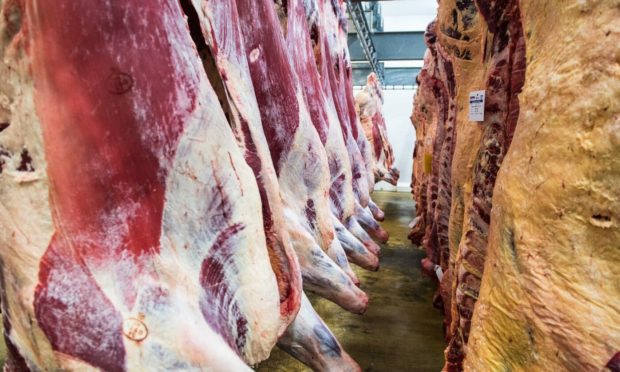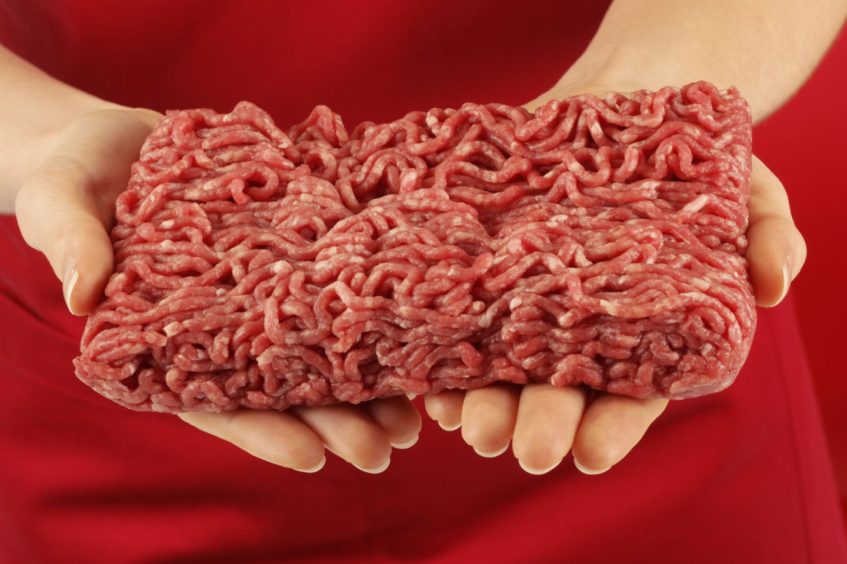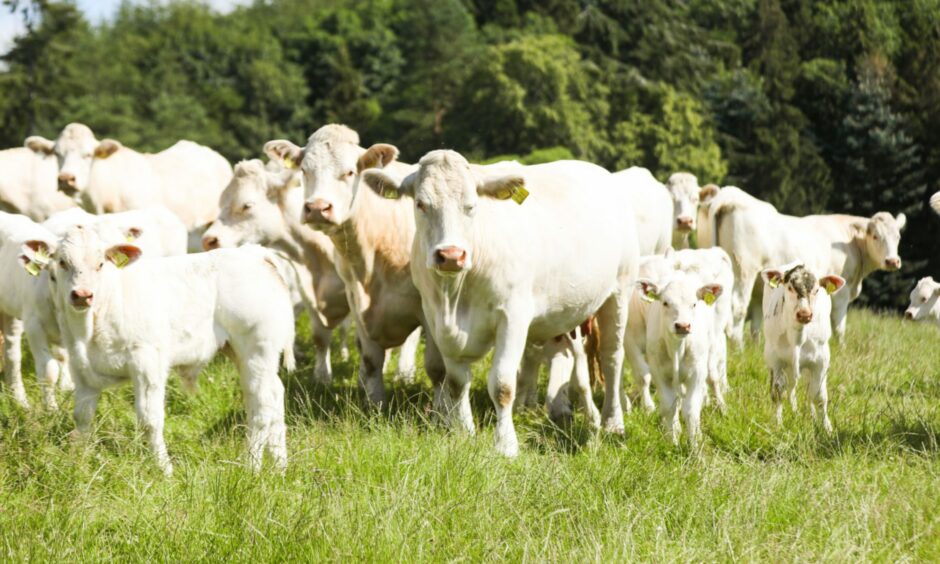The increase in prime cattle prices enjoyed by producers over the last few months has begun to run out of steam.
While the average deadweight price for Scottish steers of 419.5 p/kg is 7% higher than a year ago, levels have dipped by around 1p/kg in the last week.
However Quality Meat Scotland (QMS) point out a dip in prices through September and October is not unusual.
The levy body’s chief economist, Stuart Ashworth said Scotland was not alone in seeing the downturn, with the EU average for prime male cattle down 0.25% over the past week.
He said it wasn’t clear how much the shortage of abattoir workers was influencing slaughter volumes.
He added: “Overall cattle slaughterings across the UK during August were much lower than a year ago and despite some increase in carcase weights, the volume of beef leaving UK abattoirs is estimated by Defra to have been 7% lower than the same month last year which will have underpinned farmgate price.”
Meanwhile as consumers eat out more since the easing of Covid restrictions, retail sales of mince and burgers have fallen away, and according to the Office for National Statistics, mince prices are 6% lower than last year and 2% since on the turn of the year.
However QMS reports that UK beef exports are slowly recovering from the disturbance caused by Brexit and the pandemic and in Jne they were ahead of the five year average for the month.
The same is also true of beef imports to the UK which were higher in June than the previous year, and slightly ahead of the five year average.
Irish beef accounted for 79% of imports in June, just fractionally less than the proportion last year, but higher than the country’s average for the month.
GB calf registrations grew 2020 and into 2021, but QMS pointed out these animals will not reach abattoirs until late 2021 or into 2022.
“Consequently, the underlying short term supply prospect continues to be one that supports the current firm farmgate prices,” said Mr Ashworth.



